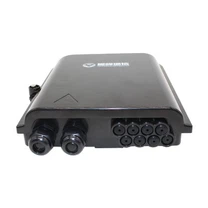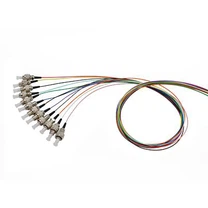
While optical cables have many advantages for audio applications, they also have some limitations and drawbacks to consider:
Equipment Compatibility: Not all audio equipment is equipped with optical input/output ports. While many modern audio devices, such as soundbars, AV receivers, and some computers, feature optical connections, older or budget equipment may lack optical connectivity. Compatibility with existing equipment should be checked before opting for optical cables.
Fragility: Optical cables are more delicate than traditional copper cables. The fiber optic strands inside the cable can be sensitive to bending, twisting, or excessive tension. Care should be taken when handling and installing them to avoid damaging the cables or disrupting the signal transmission.
Higher Cost: Optical cables tend to be more expensive than their copper counterparts. The manufacturing process and the materials used in fiber optic cables contribute to their higher cost. This can be a consideration, especially for budget-conscious users or those requiring extensive cable runs.
Limited Bend Radius: Fiber optic cables have a minimum bend radius requirement, which specifies the minimum curvature the cable can safely tolerate without impacting signal quality. Exceeding the bend radius can cause signal loss or breakage in the fiber strands. This limitation may affect cable routing and installation in tight spaces.
Limited Availability of Standard Connectors: While optical cables generally use standard connectors like Toslink or S/PDIF, there may be variations in connector types and sizes. It's essential to ensure compatibility between the cable connectors and the audio equipment's optical ports to ensure a proper and secure connection.
Lack of Power Transmission: Optical cables only transmit audio signals and do not carry electrical power. This means that devices requiring power, such as active speakers or certain audio accessories, may require separate power sources, which can result in additional cabling or power considerations.
It's important to consider these limitations and drawbacks alongside the advantages when deciding whether to use optical cables for audio applications. Assessing the specific needs, equipment compatibility, and budget constraints will help determine if optical cables are the right choice for a particular audio setup.






